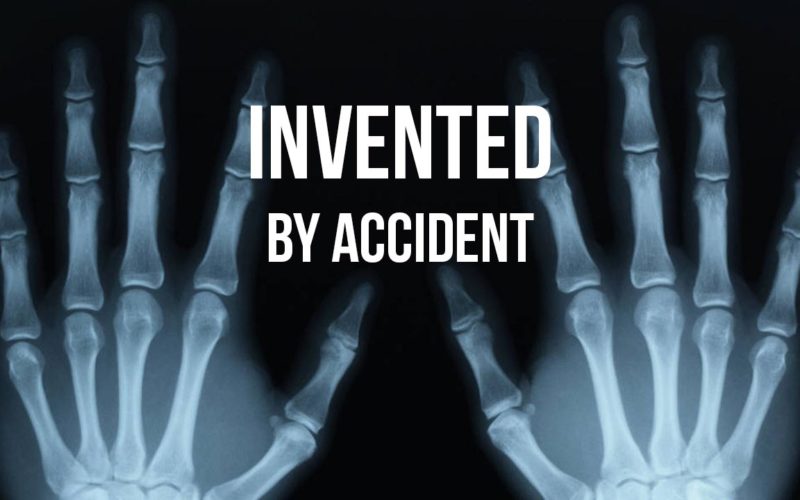- 2.3Kshares
- Share
- Tweet
- Facebook Messenger
When you think of people who invented something that is used daily in the world today, or something that has literally changed the world, you immediately think of some extraordinarily clever scientist who recites physics formulae day and night. But that is not true for all inventors. Did you know that the person who invented Coca Cola was actually trying to make a pain killer because he was wounded? Who knew that something that went so drastically wrong, would one day be something that the whole world would drink?
Read on to know about such inventions that were not intended to be what they are today, and were actually invented because of a mistake!
1. The First Practical Implantable Pacemaker
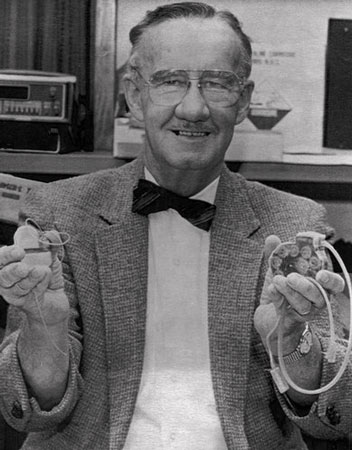
While working as an assistant professor in electrical engineering at the University of Buffalo, he reached into a box of parts for a resistor to complete the circuitry while building a heart rhythm recording device for the Chronic Disease Research Institute there. The one he pulled out was the wrong size, and when he installed it, the circuit it produced emitted intermittent electrical pulses. He associated the timing and rhythm of the pulses with a human heartbeat, after which, he soon began experiments to shrink the equipment and shield it from body fluids.
Talk about luck!
2. Microwave Oven

Percy Spencer was experimenting with a new vacuum tube called a magnetron while doing research for the Raytheon Corporation in 1945. He tried another experiment with popcorn when the the candy bar in his pocket began to melt. When the popcorn began to pop, Spencer immediately saw the potential in this revolutionary process. In 1947, Raytheon built the Radarange, the first microwave oven, which weighed 750 pounds, was 51/2 feet tall, and cost about $5,000. When the Radarange first became available for home use in the early 1950s, its bulky size and expensive price tag made it unpopular with consumers. But in 1967, a much more popular 100-volt, countertop version was introduced at a price of $495.
What would we do without the microwave?
3. Penicillin
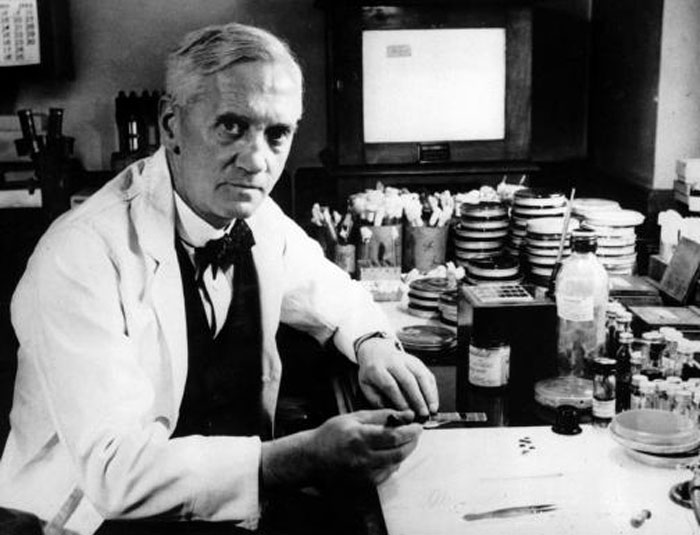
The traditional version of this story describes the discovery as a fortuitous accident: in his laboratory in the basement of St. Mary’s Hospital in London, Alexander Fleming noticed a Petri dish containing Staphylococcus that had been mistakenly left open, was contaminated by blue-green mould from an open window, which formed a visible growth. There was a halo of inhibited bacterial growth around the mould. Fleming concluded that the mould released a substance that repressed the growth and caused lysing(breaking down of the membrane of a cell) of the bacteria.
Scientists now suspect that Fleming’s story of the initial discovery of the antibacterial properties of the penicillium mould is inaccurate. With a modern understanding of how the bacteria and the mould interact, scientists know that if bacteria were already present on the petri dish they would have inhibited the growth of the mould and Fleming would not have noticed any mould on the plate at all. A more likely story is that a spore from a laboratory one floor below, run by C. J. La Touche, was transferred to Fleming’s petri dish before the bacteria were added. At the time of the initial discovery La Touche was working with the same mould found in Fleming’s petri dish.
Fleming showed that, if Penicillium rubens were grown in the appropriate substrate, it would exude a substance with antibiotic properties, which he dubbed penicillin.
The only time mould was paid so much attention, perhaps?
4. Ink-jet Printer
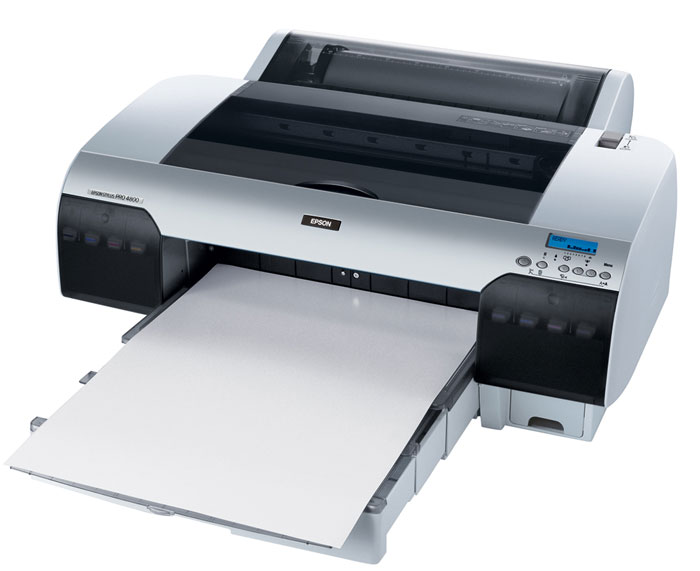
When a Canon engineer rested his hot iron on his pen by accident, ink was ejected from the pen’s point a few moments later. This principle led to the creation of the inkjet printer.
If that happened with us, our parents would probably scold us… Well.
5. X-Ray Images
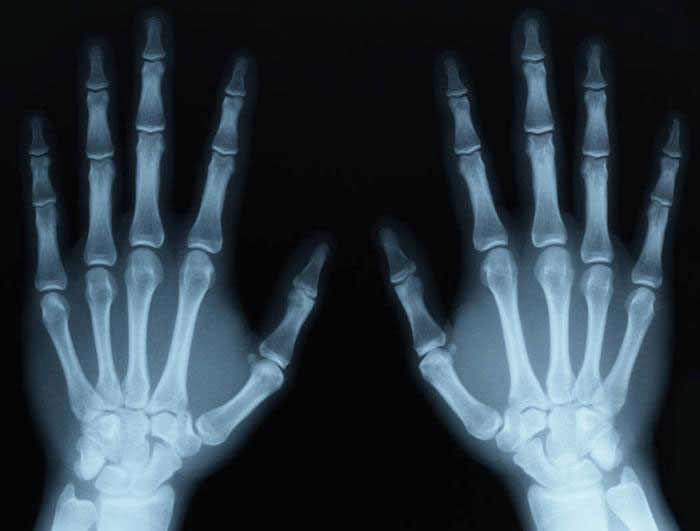
On November 8, 1895, German physics professor Wilhelm Röntgen stumbled on X-rays while experimenting with Lenard and Crookes tubes and began studying them.
There are conflicting accounts of his discovery because Röntgen had his lab notes burned after his death, but this is a likely reconstruction by his biographers: Röntgen was investigating cathode rays using a fluorescent screen painted with barium platinocyanide and a Crookes tube which he had wrapped in black cardboard so the visible light from the tube would not interfere. He noticed a faint green glow from the screen, about 1 meter away. Röntgen realized some invisible rays coming from the tube were passing through the cardboard to make the screen glow. He found they could also pass through books and papers on his desk. Röntgen threw himself into investigating these unknown rays systematically. Two months after his initial discovery, he published his paper.
Röntgen discovered its medical use when he made a picture of his wife’s hand on a photographic plate formed due to X-rays. The photograph of his wife’s hand was the first photograph of a human body part using X-rays. When she saw the picture, she said “I have seen my death.”
6. Artificial Sweetener

In 1879, after a long day of working with coal tar, chemist Constantin Fahlberg came home to have dinner with his wife without washing his hands first. While eating his meal, Fahlberg noticed that everything he put in his mouth had a sweet taste, and discovered that the saccharin on his hands was responsible.
Who knew being dirty could pay off so well?
7. Post-it Notes

In 1968, scientist Spencer Silver at the 3M company created a very weak adhesive that would peel off when removed from any surface. The funny thing was that he was in fact trying to create a super strong adhesive No one thought there was any use for such a product, until another scientist, Art Fry, realized that the little pieces of paper made great book marks for his church songs without leaving residue on the page.
A great time to go wrong, huh?
8. Potato Chips

This must be the only example in the history of the world where rage benefited the person involved.
In 1853, in a New York restaurant, when a customer complained that the fried potatoes were too soggy and thick, and repeatedly sent them back to the waiter, the chef- George Crum- got so fed up, that he took the request for a thinner potato quite literally- he cut the potatoes into thin slices, fried them, and covered them in salt. And, Voila! The most favourite snack in the world was born!
So the next time you are angry- you might possibly change the world.
9. Coca Cola

While serving as lieutenant colonel, John Pemberton, who was a pharmacist, was wounded. He got addicted to the morphine used to ease the pain. he began experimenting with coca and coca wines for opium-free alternatives,eventually creating his own version of Vin Mariani, containing kola nut and damiana, which he called Pemberton’s French Wine Coca.
Relying on Atlanta druggist Willis Venable to test and help him perfect the recipe for the beverage- which he formulated by trial and error- it eventually included blending the base syrup with carbonated water by accident when trying to make another glass. Pemberton decided then to sell it as a fountain drink rather than a medicine.
And we cannot thank Mr. Pemberton enough.
10. Chocolate-chip cookies

While Ruth Wakefield stated that she deliberately invented the cookie, a different version of events says that Wakefield is said to have been making chocolate cookies and on running out of regular baker’s chocolate, substituted broken pieces of semi-sweet chocolate from Nestlé thinking that they would melt and mix into the batter.
A still different history of the cookie derives from George Boucher, who was at one time head chef at the Toll House Inn, saying that said that the vibrations from a large electric mixer dislodged bars of Nestlé’s chocolate stored on the shelf above the mixer which caused the chocolate to fall into the sugar cookie dough mixing below. He claims to have overcome Wakefield’s impulse to discard the dough as too badly ruined to waste effort baking them, leading to the discovery of this delicious recipe.
So whichever story you choose to believe in, let’s not forget the role of serendipity here. Hmm. Why don’t our tragically-gone-wrong recipes work out magically? Sigh. #Life
As Mark Twain puts it: “Name the greatest of all inventors. – Accident.” So the next time you fail, think again. What can you possibly invent from that?
- 2.3Kshares
- Share
- Tweet
- Facebook Messenger




